Integrating Native Plants in Landscape Design
An English garden is the backdrop to many romantic novels, and for good reason.
The wild abundance of plants, cultivated to clamber over a long-forgotten statue or sprawl over a weathered fence, evoke nostalgia for the days of yore. Those that find themselves preferring the lush, layered gardens of the UK to the sad, empty lawns of America can find solace in a native garden.
While an English garden can seem a lot of work, a native garden is a low-maintenance alternative that can be adapted to any climate.
A native garden is an ode to the cottage garden and its playful messiness. Many native wildflowers are wildly popular with beneficial pollinators and imbue your garden with a rustic feel reminiscent of prairie land. And because it includes native plants, they require less irrigation, fertilizer, and maintenance in general. Here’s how you can integrate native plants into your landscape successfully.
Stick with a balance

Exotic plants don’t last long in the harsh winters of the North, nor will roses do well in the arid regions of Texas. Yet, the first mistake that gardeners make is solely focusing on native plants, which eventually lose their luster and become leggy or unruly. In many cases, a hybridized or imported species can be as hardy as some native species.
Some native plants are tenacious – aggressive even – with the tendency to overrun surrounding plants and even fences and houses. Should you pick the wrong plant, such as an invasive variety, you’ll be working extra hard to maintain or uproot it. Researching which plants will reseed and which will spread prolifically can help you plan your garden better.
Use trellises to create living walkways

Trellises and other elevated structures are often overlooked, but when placed strategically in the garden, they add a dramatic architectural component. Employ an arched trellis between garden beds to create a living walkway that you can enjoy as you wander among your plants. A simple patio can be elevated with a trellis, which can create an elegant screen for privacy while sheltering vining plants.
Alternate with varying plant depths
Many gardeners rely on the art of layering to create a lovely, complex garden where both native plants and cultivated varieties thrive. The early settlers may have eked out a precarious existence on prairie land, but most modern gardeners are not used to this style of gardening. Most successful landscapes rely on the integration of native grasses and florid prairie plants to create a confetti-like layer. Grasses and hedges add structure while interestingly textured plants like the burgundy Carolina allspice can punctuate dull patches with intrigue.
Try these stylish raised garden beds
Despite the best intentions, there will always be pesky neighbors that scream bloody murder about the state of your lawn. Furthermore, many practices for installing native plants call for the death of your lawn – an arduous, painstaking process that involves killing off turf grass and can be destructive to the soil ecosystem.
To get your annoying neighbors off your turf and skip the labor, consider growing your plants in raised garden beds, now available in a modern design that gives you control over your plantings. Or try out Vego’s special shapes collection for extra flair. Designed to accommodate unique plantings, these raised beds are perfect for a pollinator’s garden – get more for less work.
Leave some areas for wildlife

During the fall, gardeners are advised against raking all the leaves in their garden. The reason is that many migratory species depend on leaf litter for sustenance and shelter. As with the natural habitat of a woodland forest, clumps of leaves lying around the forest floor are natural occurrences. The next time you pick up a rake, leave a few layers of detritus around shrubs and trees to let wildlife flourish.
Use the Hügelkultur Method to fill raised beds
The easier way to get started on a raised garden bed is using the hügelkultur method. Derived from a German word meaning “hill culture,” this method avoids the destructive tiling of soil; instead, composted layers are placed directly onto the bed. Usually, cardboard is laid at the bottom, then piled with a lasagna layer of logs, plant waste, and compost. Good quality soil can be expensive, so this method is a cost-effective way to save money. Alternatively, you can remedy old soil in existing garden beds using organic soil amendments.
Recommended types of plants to grow
Native gardens may be in vogue, but the resulting look will always trend towards a classical approach. Don’t be afraid to substitute native varieties with hardy hybrids to achieve the same effect, as long as you have a good mix of native species.
Drought-tolerant plants: The yucca, spiked with innumerable rosettes, is notable for its ability to withstand both scorching heat and freezing cold. The sea holly forms regal blue spires; lavender remains an aromatic staple in the garden.
Pollinator plants: To avoid your garden becoming barren, plant for all seasons. Late-blooming flowers like woodland asters, anise hyssop, and goldenrod will attract fall butterflies to the yard. The blue cardinal flower and orange coneflower offer a classic complementary combination great for fall.
Ornamental grasses: Bluestems, switch grasses, and prairie dropseed all evoke the endless swaths of prairie land, stretching for miles in a yellow onyx sea. Taller ornamental grasses work best at the background for shorter growths or as a border planting. Tufted Hairgrass is a finely textured grass suitable along walkways; blue grama is a robust variety that can survive severe drought.
Shade-loving plants: Solomon’s Seal is a three-season plant that bears white blooms in the spring, giving way to bluish-black berries in the fall. Lobelias, another striking flower, can be grown in partial shade.
Shrubs: Though not as showy as flowers, shrubs are great companions to bronze-hued ornamental grasses. St. John’s Wort is a flowering perennial that can be used to treat various maladies, including mood disorders. Carolina allspice, in its violet form, sports burgundy foliage pierced with urn-shaped flowers.

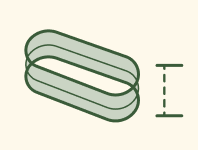
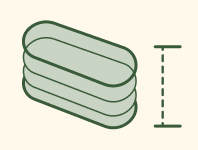
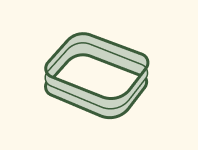
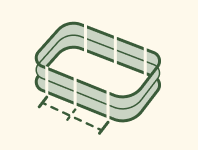
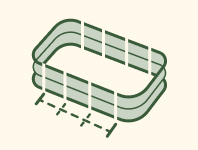
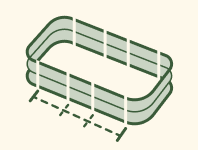
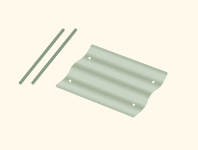























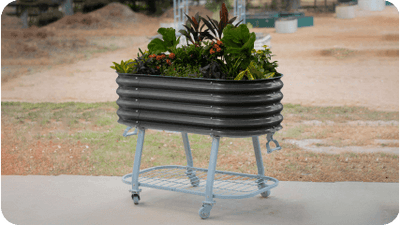








































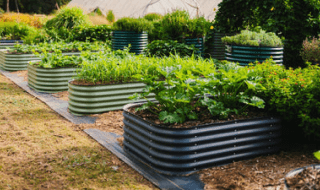
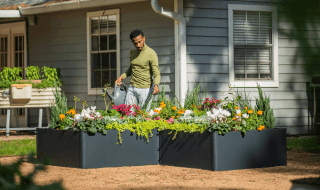
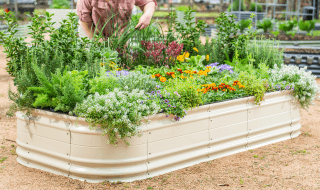
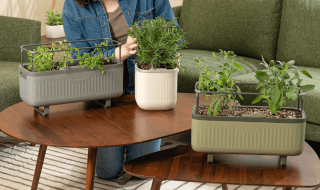
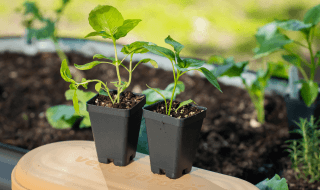
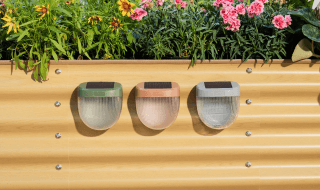
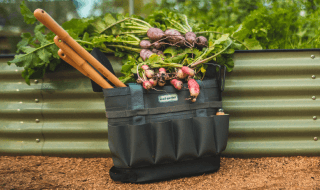
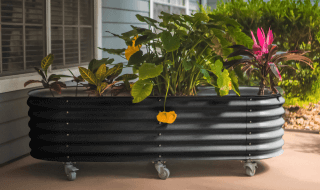


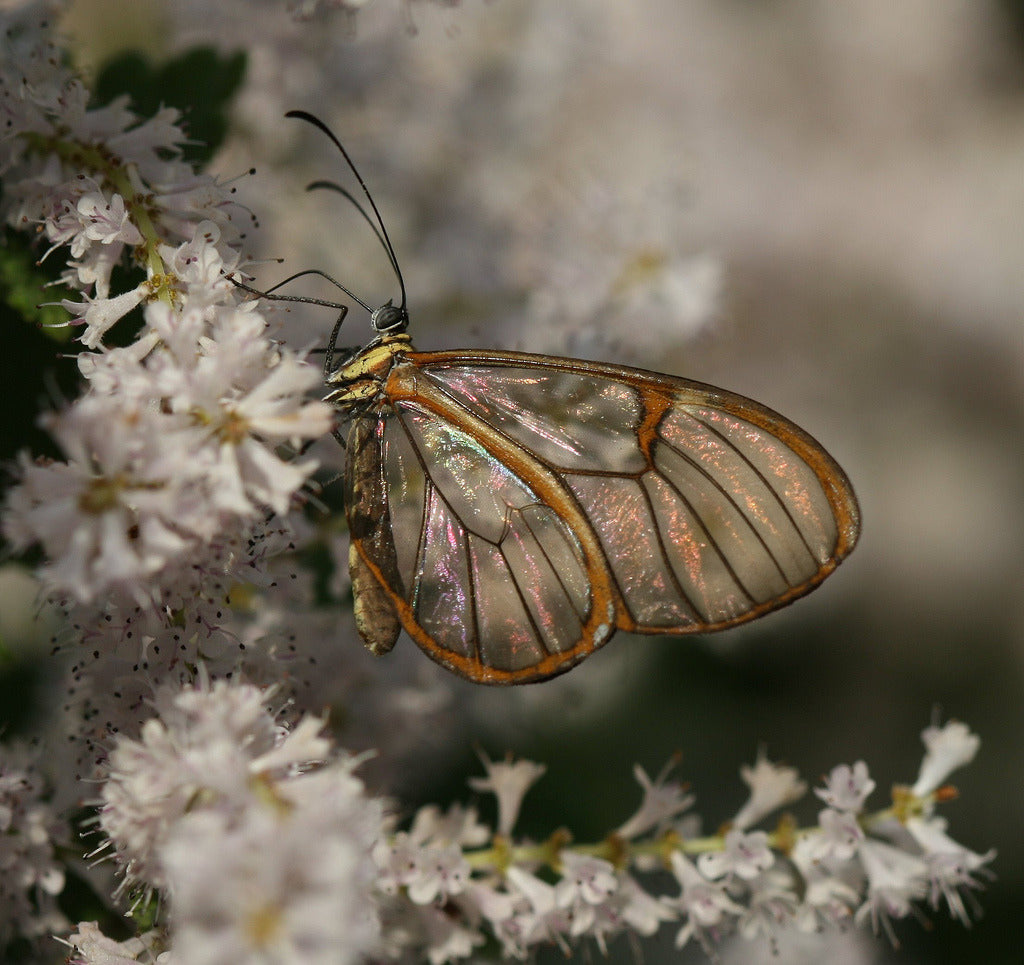




Leave a comment